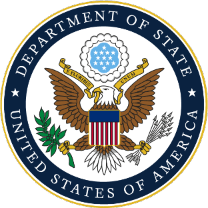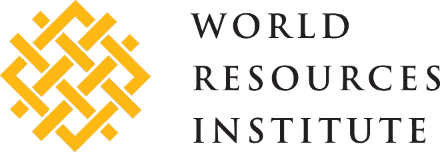Organisation Owner Type: NGO
Open Timber Portal
The Open Timber Portal is an initiative launched by the World Resources Institute to incentivize the production and trade of legal timber. The OTP compiles information from three different sources: official concession boundaries and the list of registered timber producers from the government; documents uploaded voluntarily by timber producers to demonstrate compliance; and observations by third party forest monitors.
#WildEye Map
Oxpeckers is a data-driven journalism organization which sources, aggregates and analyses data to help track and expose eco-offences across international borders. #WildEye tracks seizures, arrests, court cases & convictions relating to wildlife and other environmental crimes across Europe, Asia, Southern and Eastern Africa.
TimberStats
TimberStats is a new, interactive, data-driven platform that will aid law enforcement and governments in monitoring the timber trade and detecting illegal shipments.
Red Flag Indicators for Wildlife and Timber Trafficking in Containerized Sea Cargo
Compendium that aims to capture the most common red flag indicators for illegal wildlife trade (IWT) happening through containerized sea cargo. It aims to guide and assist the maritime shipping sector in detecting possible non-compliance and IWT-related activities in their supply chains. It also provides recommendations and links to existing tools and best practices to help companies prevent further exploitation from traffickers.
#MineAlert Map
#MineAlert is a website and app that alerts residents and organisations to mining applications in their regions. It aims to promote public and private sector accountablity in the mining sector, to advance civil society and socio-economic rights, to protect the free flow of information, and to strengthen justice and equality.
#MineAlert-Africa Map
#MineAlert-Africa is a geo-journalism platform documenting biodiversity threats posed by mining licenses across the African continent. It confronts official boundaries of mining licenses across over 21 African countries against protected areas, allowing journalists for a quick verification of any license holders operations. The data featured covers a snapshot taken in November 2023.
PoachTracker Map
The PoachTracker tool unveils statistics on rhino poaching incidents in Southern Africa, specifically of rhino deaths and poaching arrests in the country as far back as 2010. The tool is based on original data collected by courts, law enforcement agencies, and web scraping by Oxpeckers, which is aggregated and filtered in an interactive and accessible way.
RhinoCourtCases Map
The Oxpeckers Rhino Poachers Court Cases map shows the location of court cases involving rhino poaching in the country using data obtained from South Africa’s Ministry of Police. You can select individual markers on the map to read details about individual court cases and you can filter the results on the map by station, date and the name of the accused.
TradeMapper
TradeMapper is an interactive tool to visualise trade data, through source, transit, and destination countries.
Wildlife Trade Portal
The most comprehensive open-access repository of wildlife seizure data. The Wildlife Trade Portal is an interactive tool that displays TRAFFIC’s open-source wildlife seizure and incident data.


